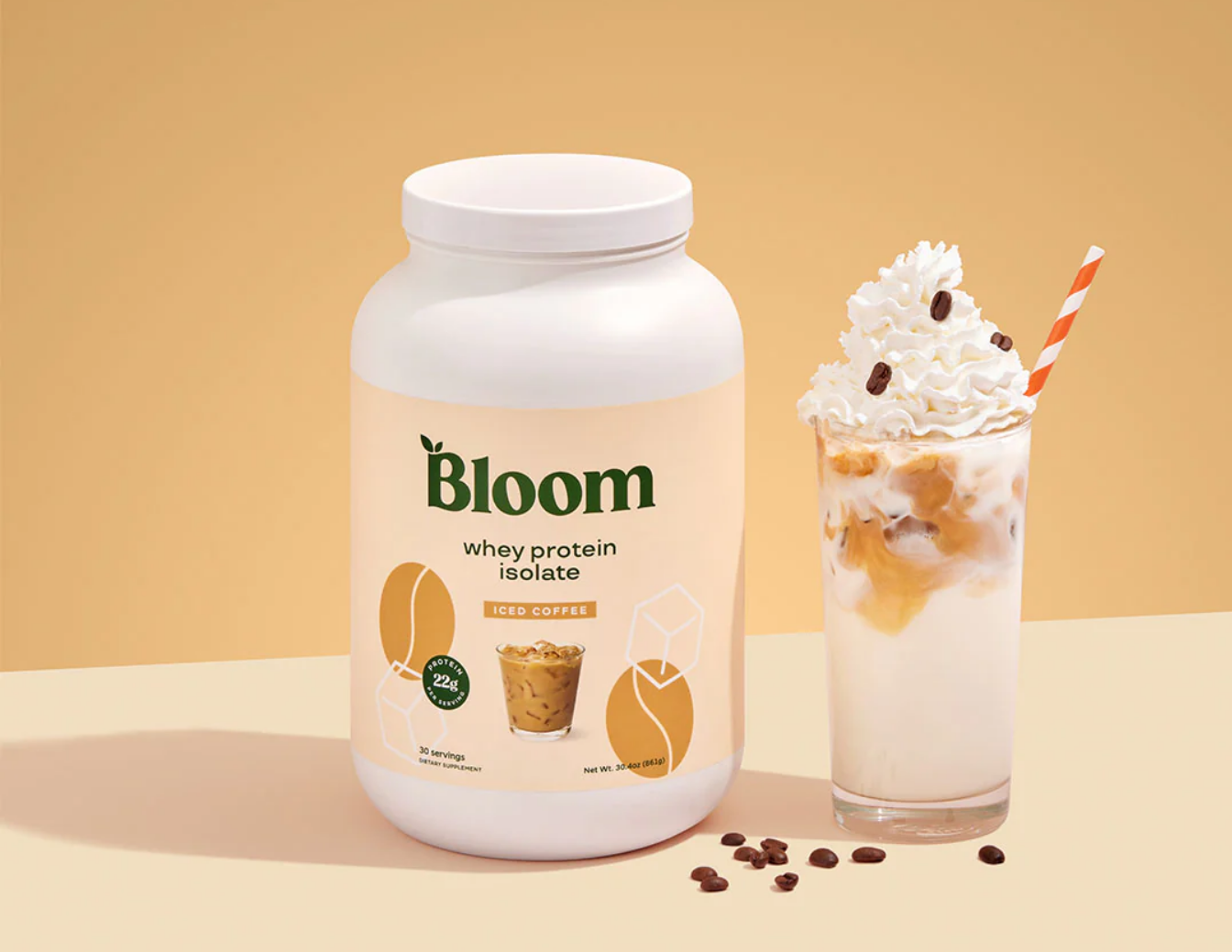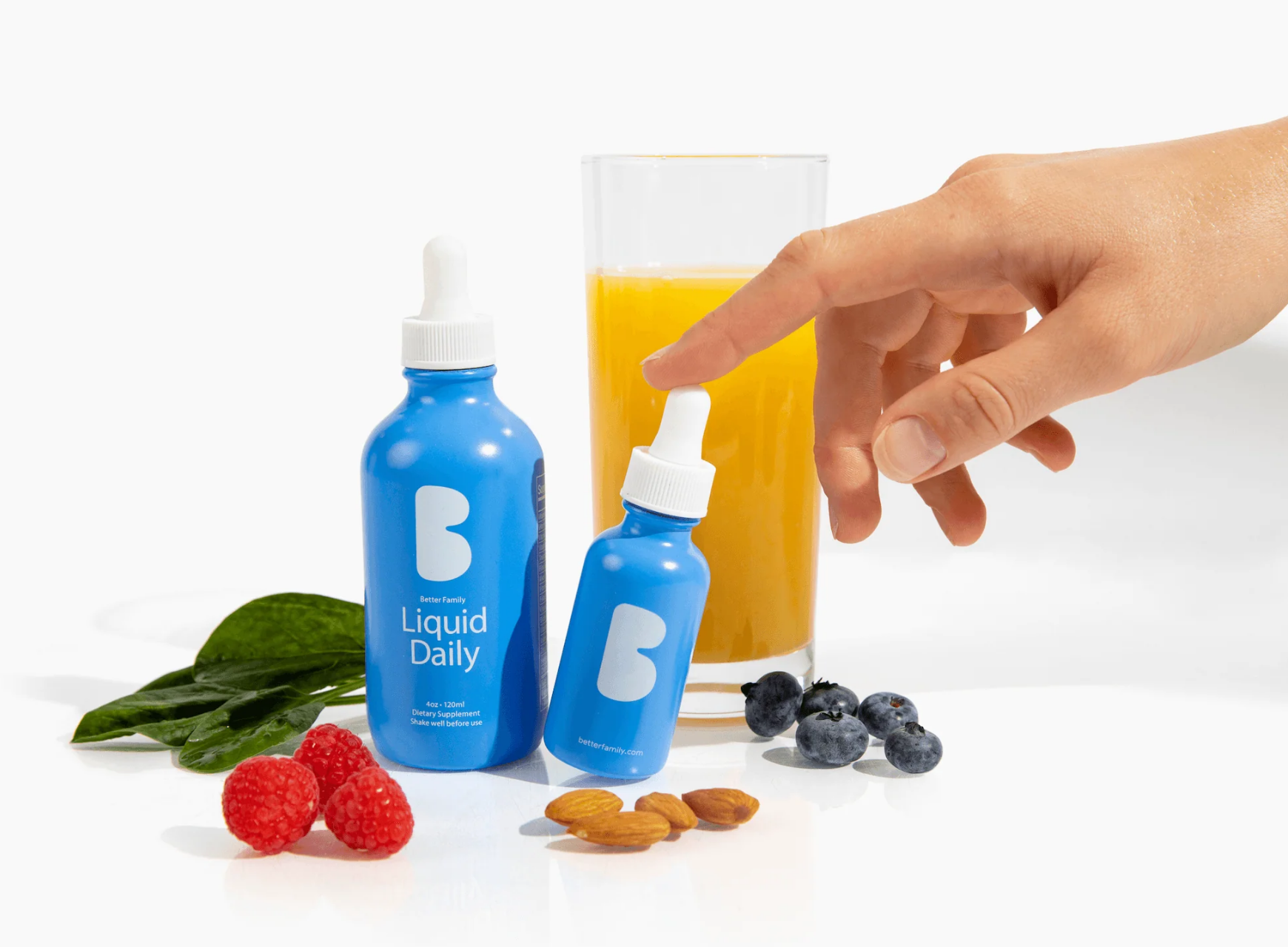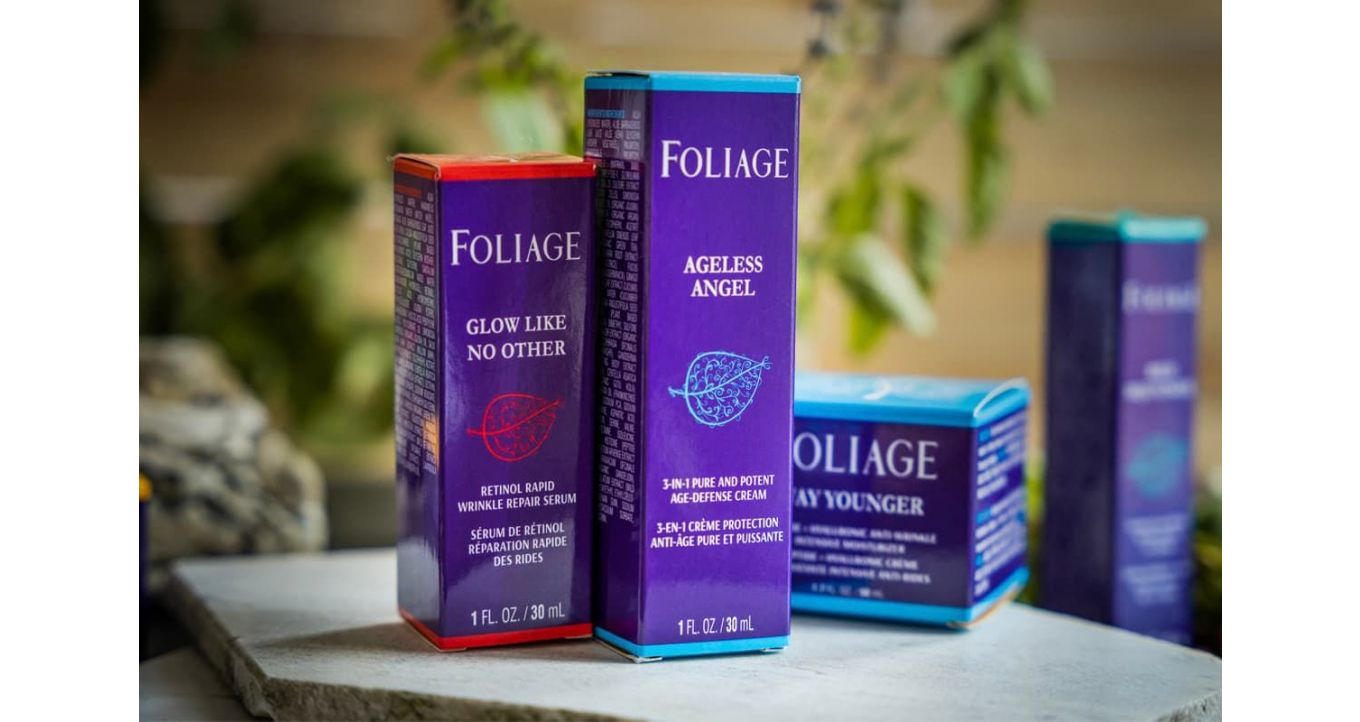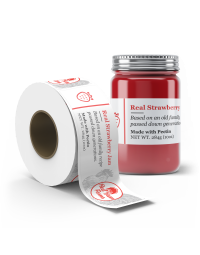Table of Contents
1. Supplement Product Forms and Their Specific Needs
2. Packaging Options for Different Supplement Forms
3. Designing Effective Supplement Packaging
4. Functional Packaging Considerations
Introduction
Effective packaging is crucial for boosting sales and building brand loyalty in the competitive supplement industry. Implementing smart supplement packaging strategies can differentiate your brand from many on crowded shelves and e-commerce platforms. Discover crucial strategies to make your products more attractive and trustworthy. This will boost sales, satisfy customers, and optimize your supplement packaging for the best possible results.
1. Supplement Product Forms and Their Specific Needs
Understanding the diverse forms of oral supplements and their specific needs is crucial for supplement product packaging. Each supplement type requires tailored packaging solutions, from tablets and capsules to powders and gummies. An excellent specialized supplement packaging should meet the unique demands of various supplement forms by ensuring product safety, integrity, and consumer appeal.
Types of Supplements
Understanding the diverse forms of oral supplements and their specific needs is crucial for supplement product packaging. Excellent specialized packaging should meet the unique demands of various supplement forms by ensuring product safety, integrity, and consumer appeal.
Supplement Product Forms
Effective supplement product packaging is crucial for maintaining product quality and integrity. Different supplement forms, such as tablets, capsules, powders, bars, gummies, soft gels, gel caps, and liquids, require specific packaging strategies to ensure optimal protection and usability. Implementing these strategies helps safeguard the products from damage, contamination, and degradation, ensuring they reach consumers in the best possible condition.
Tablets
- Tablets are highly susceptible to moisture, degrading their quality and effectiveness. These packaging solutions should help keep tablets dry and potent, extending their shelf life and ensuring they deliver the intended health benefits.
Capsules
- Capsules need packaging that maintains their structural integrity and prevents contamination. These packaging solutions should shield capsules from environmental factors and tampering, ensuring consumers receive a safe and effective product.
- Powders are prone to clumping when exposed to moisture or humidity. Effective supplement packaging includes moisture-resistant pouches or containers with tight-sealing lids. Additionally, desiccant packs are often added to absorb excess moisture, ensuring the powder remains free-flowing and easy to use.

Bars
- Supplement bars require packaging that maintains their freshness and texture. Packaging solutions for supplement bars should include these packaging strategies to help keep bars fresh and delicious for an extended period, providing a satisfying and nutritious snack. Vacuum-sealed wrappers or foil pouches are commonly used for this product's packaging to prevent exposure to air and moisture.
Gummies
- Gummies are prone to sticking together if not packaged correctly. Effective supplement packaging includes moisture-resistant materials and sometimes a light dusting of cornstarch or sugar. Packaging strategies that involve individual compartments can also help prevent gummies from sticking together, ensuring they remain easy to consume.
Soft Gels
- Soft gels require packaging that maintains their shape and prevents deformation. Blister packs or rigid containers are commonly used in supplement product packaging to protect soft gels from pressure and impact.
Gel Caps
- Gel caps are vulnerable to punctures, which can compromise their contents. Supplement packaging strategies include using protective blister packs or sturdy containers to prevent this.
Liquids
- Liquid supplements require packaging that allows for precise dosing and prevents spills. Dropper bottles are popular in supplement product packaging, providing a convenient and accurate way to measure and dispense liquid supplements.
2. Packaging Options for Different Supplement Forms
Choosing the proper supplement packaging is crucial for product success. Tailor supplement packaging strategies to the form of the product—whether it's pills, powders, or liquids. Use blister packs for pills, ensuring freshness and convenience. Opt for resealable pouches or jars for powders, offering easy access and protection. For liquids, select durable bottles with secure caps. Effective supplement product packaging not only preserves quality but also boosts consumer appeal.
Tablets and Capsules
Effective supplement packaging strategies for tablets and capsule supplements involve choosing between durable options like bottles or protective blister packs.

- Bottles (plastic or glass): Bottles are a common choice for packaging tablets and capsules. Plastic bottles are the most common and lightweight material for bottles, which are less prone to breakage, making them a convenient option for both manufacturers and consumers.
- Blister Packs: It provide excellent protection for tablets and capsules by individually sealing each unit in its compartment. This ensures the integrity of the product and offers an easy way for consumers to monitor their dosage.
- Child-Resistant Packaging: Child-resistant packaging, such as bottles with push-and-turn caps or blister packs with peel-back layers, helps prevent accidental ingestion, providing peace of mind for parents and caregivers.


Powders
They require robust and practical solutions in supplement product packaging. Canisters offer durability and plenty of room for branding. Jars provide easy access and resealing. Stand-up pouches are flexible and budget-friendly, supporting effective supplement packaging strategies.
- Canisters: Canisters offer a sturdy and protective solution for powdered supplements. These containers are often made of durable plastic or metal, ensuring the product remains dry and free from contamination. Canisters also provide ample space for labelling and branding, making them popular for larger quantities of powdered supplements.
- Jars: Jars are typically made of plastic or glass and feature wide openings for easy scooping and measuring. Jars are ideal for both small and large quantities and can be resealed to maintain product freshness.
- Stand-Up Pouches: Stand-up pouches are a flexible and cost-effective packaging option for powdered supplements. They are lightweight, easy to store, and can be resealed to keep the product fresh.

Bars
Manufacturers can improve product protection and brand visibility by selecting the best packaging strategy for nutritional supplement bars. Cardboard boxes and plastic or aluminum foil wrappers offer distinct advantages for supplement packaging, combining durability with design flexibility.
- Cardboard Boxes: Cardboard boxes provide a sturdy, protective packaging option for supplement bars. Cardboard boxes also offer an opportunity to showcase the product through window cutouts or creative packaging designs.
- Plastic or Aluminum Foil Wrappers: Plastic or aluminum foil wrappers are a common choice for individually packaging supplement bars and offer excellent barrier properties, protecting the bars from moisture, oxygen, and contaminants.
Gummies
Supplement packaging strategies for gummies include bottles with child-resistant caps, pouches, and blister packs. Each offers unique benefits such as safety, convenience, and branding opportunities while ensuring the gummies' quality and freshness.
- Bottles (plastic or glass) with child-resistant caps: Gummies are often packaged in bottles with child-resistant caps to ensure safety. These bottles protect from light and moisture, maintaining the quality and potency of the gummies.
- Pouches: Pouches are a flexible and convenient option for gummy supplements. They are lightweight, resealable, and can be designed with various features such as tear notches and zip locks.
- Blister Packs: These are an excellent choice for gummy supplements, providing individual protection for each piece. This packaging method helps maintain the freshness and quality of the gummies while offering a convenient, portion-controlled option for consumers.

Liquids
Key strategies for packaging liquid supplements include using bottles with child-resistant caps, incorporating droppers or pumps for accurate dosing, ensuring tamper-evident features, and providing clear, honest product information to guide consumers' choices.
- Bottles (plastic or glass) with child-resistant caps: Liquid supplements are typically packaged in bottles with child-resistant caps to ensure safety and prevent accidental spills. These bottles can be made of plastic or glass; plastic bottles, however, offer durability and are less prone to breakage.
- Droppers or Pumps: Many liquid supplements are packaged with droppers or pumps for accurate dosing and ease of use. These dispensing mechanisms allow consumers to measure the correct amount of dosage.
- Packaging Security and Tamper Evidence: Tamper-evident packaging, such as shrink bands, induction seals, or breakaway caps, clearly indicates whether the product has been compromised.

- Accurate and transparent labelling is crucial for liquid supplements. Consumers need clear dosage, ingredients, and usage instructions to make informed decisions.
3. Designing Effective Supplement Packaging
When choosing supplement product packaging, consider factors like durability, ease of use, and protection. Effective supplement packaging strategies improve product shelf life and user experience, ensuring your packaging meets functional and consumer needs.
Key Design Elements
- Effective supplement packaging should be visually appealing, functional, and aligned with the brand's identity. Key design elements include attractive graphics, readable fonts, and appropriate colour schemes that convey the product's benefits and target audience.

Label Design and Compliance
- Cut-to-size or roll labels must be designed to comply with regulatory requirements and provide all necessary information, such as ingredient lists, nutritional facts, dosage instructions, and warnings. Compliance with labelling regulations ensures that the product is legally marketable and helps avoid potential legal issues.
4. Functional Packaging Considerations
Effective supplement packaging strategies include easy-open features, clear labeling, and secure closures. Prioritizing a user-friendly design will ensure that your supplement packaging meets consumer needs and stands out in the market.
Product Protection and Convenience for Consumers
- Packaging must protect supplements from environmental factors such as moisture, light, and air, which can degrade the product's quality. Additionally, packaging should be convenient for consumers to open, use, and store. Features like resealable closures, easy-to-read labels, and portion control options can significantly improves user convenience.
Child-Resistant Packaging
- Safety is a top priority, especially for households with children. Child-resistant packaging, such as special caps or blister packs, helps prevent accidental ingestion of supplements, ensuring the safety of young family members.
5. Building Consumer Trust
Building consumer trust hinges on effective supplement product packaging. Implementing thoughtful supplement packaging strategies, such as clear labelling and tamper-evident features, can bring transparency and reliability.

Packaging Security and Tamper Evidence
- Tamper-evident features, such as seals and bands, ensure the product is not compromised. This is crucial for building consumer trust and protecting the brand's reputation.
Clear Product Information:
- Providing transparent and accurate information on the packaging helps consumers make informed decisions. Clear labelling of ingredients, dosage, and usage instructions fosters trust and loyalty among consumers.
6. Future Trends in Supplement Packaging
Future trends in supplement product packaging are set to revolutionize the industry with innovative strategies. Emphasis on eco-friendly materials and smart packaging technology will lead the charge, enhancing both sustainability and user convenience. Supplement packaging will increasingly incorporate tamper-evident seals and interactive labels, providing better safety and consumer engagement. These supplement packaging strategies will align with growing environmental concerns and offer consumers a more personalized and efficient experience.
Conclusion
Effective supplement product packaging is essential for enhancing consumer appeal and driving sales. Brands can significantly boost product integrity and customer trust by focusing on tailored packaging strategies for various supplement forms, incorporating user-friendly features, and emphasizing transparency. Staying ahead with innovative trends will ensure your supplement packaging remains impactful and relevant in a competitive market.













